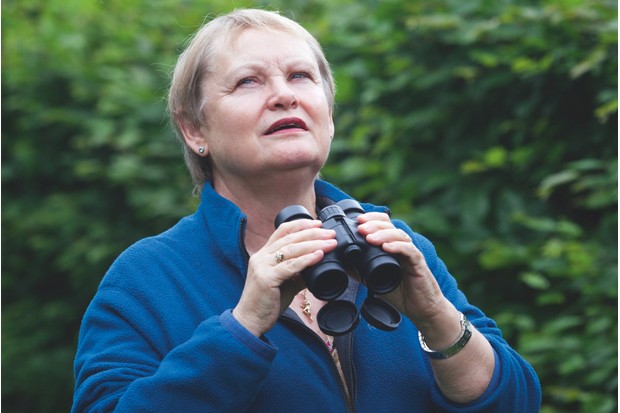If you’re an animal that spends most of its life roaming alone rather than living in a family group, finding a mate in the breeding season has to be an organised affair.
For many species around the world, this involves gathering at a particular spot every year where the males put on a complicated display of body moves while the females watch and take their pick. The term lek is most often used in association with birds – for instance, black grouse, great bustards, kākāpōs, and birds of paradise – but many other species such as fallow deer, marine iguanas, cichlid fish and even fruit flies also form leks. The dances they perform are referred to as lekking.
The word ‘lek’ comes from the Swedish for ‘play’, presumably because the often somewhat comical moves of the animals make it look as though they are having an enjoyable time. However, these competitive displays can take several days to achieve the desired pairing off, so they are more a test of stamina and strength. For the successful males this annual feat of endurance denotes good genes that will pass on to the next generation.
Discover more amazing wildlife around the world
- The bird that eats itself to survive: During its epic migration it consumes its internal organs – including its kidneys – which then regenerate
- Bird flight has fascinated humans for thousands of years – and now we know just how they do it: 4 secrets of bird flight you need to know
- Brutal birds of prey photos that capture their deadly power, grace and majesty
- Why researchers studied over 4,000 preserved songbirds from London’s Natural History Museum





